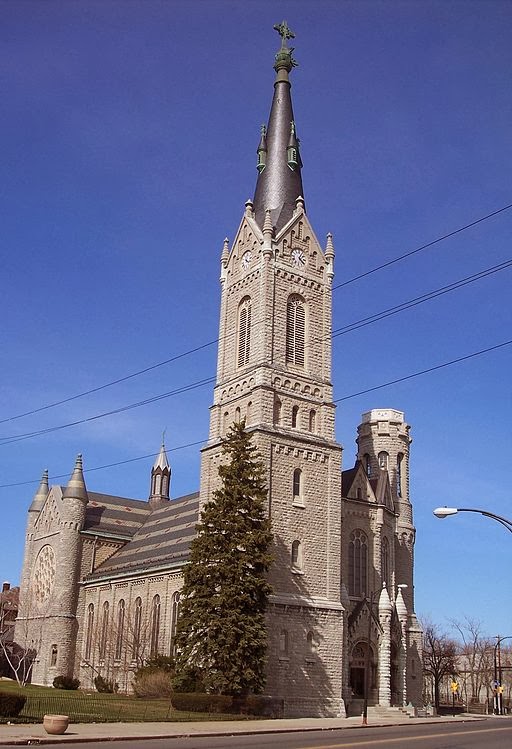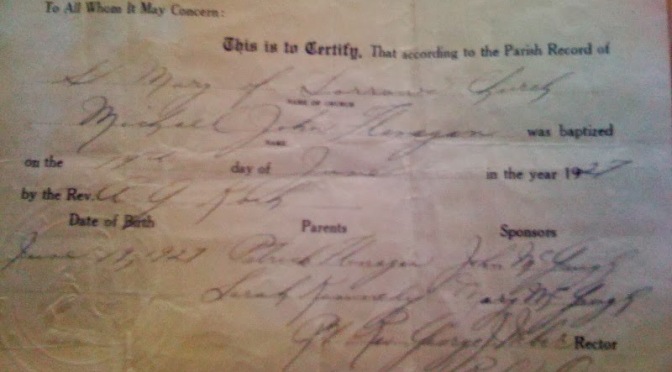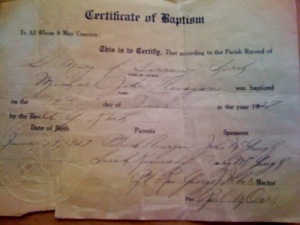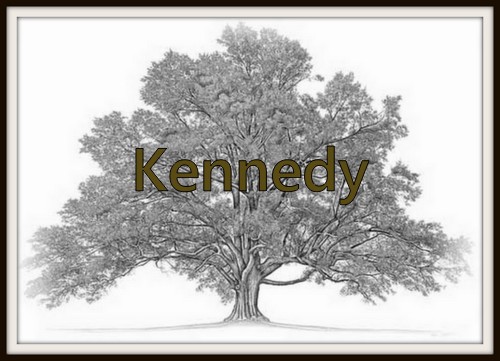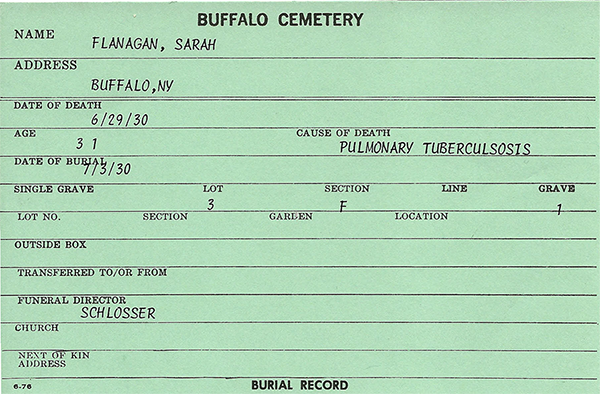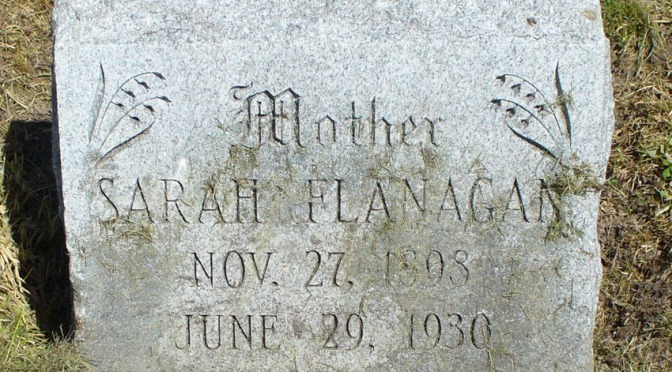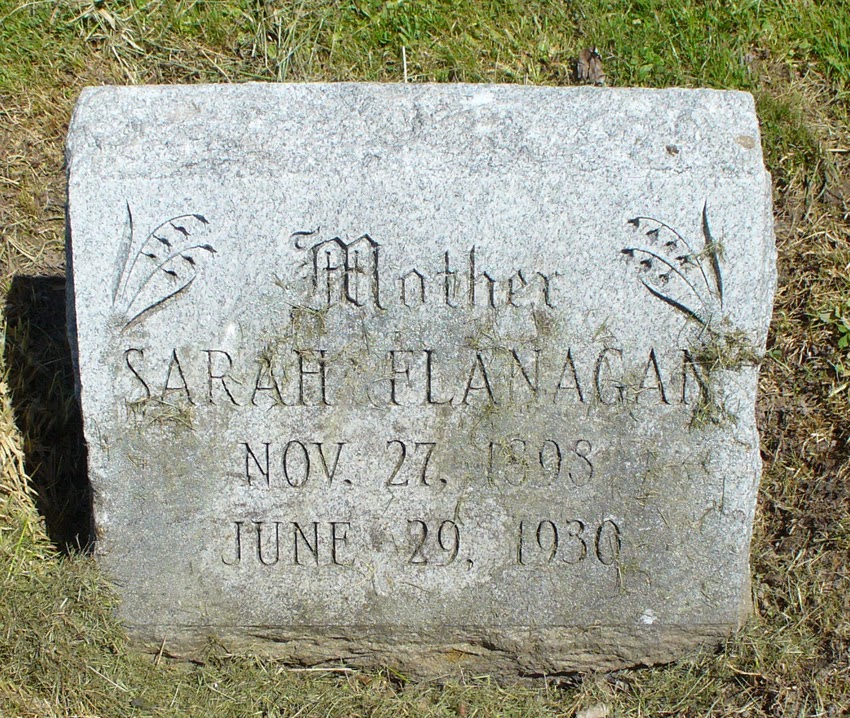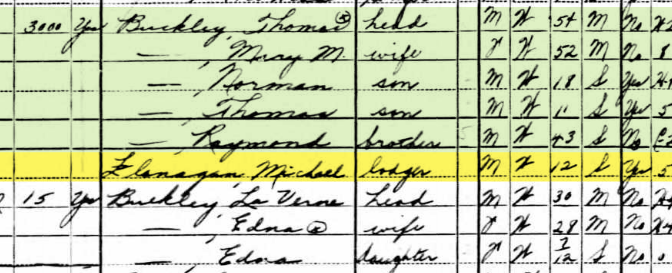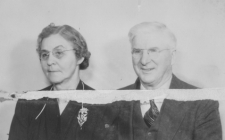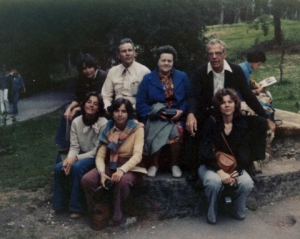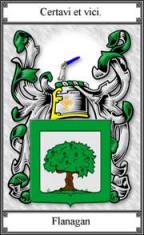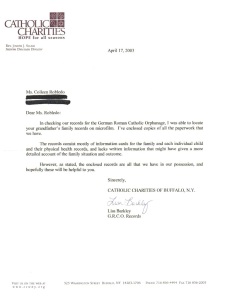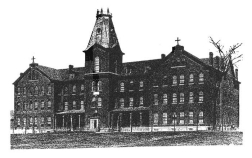 |
| The 1930 U.S. Census. Enumeration District 15-173, Sheet No. 2A. Buffalo (Erie) New York. (Source: Ancestry.com) |
This post is a part of a “Genealogical Inspirations” series I am writing — sharing my own early personal genealogy milestones — to commemorate the public release of the 1940 U.S. Census on April 2nd.
In my last post, I mentioned how my grandfather, Michael John Flangan, was orphaned at a very young age (never adopted), separated from his brothers, and spent much of his adult life trying to find answers about his family history. Grandpa died in 1997; I didn’t take up family research until 2001.
Because my grandfather knew so little about his family, he didn’t leave behind the documents and clues so many children, grandchildren and great-grandchildren benefit from when researching their family history. He also didn’t have a lot of pertinent family stories, names, and places verbally passed down to his children. And my grandmother – who kept the family records — passed away well before Grandpa. None of Michael’s kids knew where a copy of Michael’s birth certificate might be.
All my mother could tell me was that Grandpa was born in Buffalo, and that she thought his father was named John or Patrick (not an unusual first name among Flanagans…needle in a haystack). We knew he had an older brother named Patrick, because Uncle Pat moved out to the Los Angeles area later in life to be near his newly re-found brother Mike.
That was it.
That’s all I had to start with for research leads.
Do a search in any genealogy database for Michael Flanagan, Patrick Flanagan, or John Flanagan in Buffalo, New York, and you’ll see what I was up against.
I vividly remember when the 1930 U.S. Census came out back in April 2002, because I lived and breathed on Ancestry when they first published a digitized indexed version. I’d done the math and realized that the 1930 Census was the first one taken after Grandpa was born. I spent many nights digging through more needles in a haystack — far too many young Michael and Patrick Flanagans in the Buffalo area still. So then I started cross-referencing both Michael (Mike) and Patrick (Pat) in my searches, and reviewing ages for families that had sons with each name, because I knew that Grandpa and Uncle Pat couldn’t be more than maybe 5 or 6 years apart.
This approach definitely helped filter in on a smaller set of results. But, one very odd search result kept coming up near the top of the list every single time I tried it, and I kept dismissing it because the census entry for Michael and Patrick showed their relationship to the head of household as “Inmate”. Inmate? I’d never heard of Grandpa serving time in jail, especially as a child. I noticed that every name on that particular census sheet was listed as an Inmate. And every single name entered was a minor.
Then it hit me.
Finally.
I remembered from my History studies that orphans, at this time, were frequently referred to as inmates. So, I scrolled to the top of that particular census sheet where it lists the Institution name (if applicable). And there it was — the German Roman Catholic Orphan Asylum. Every single enumerated individual on this sheet was a resident of an orphanage.
I scrolled back down to the entry for Michael Flanagan (line 34), 3 years and 10 months old. Right underneath was a Patrick Flanagan, 4 years and 9 months old. And when I looked more closely at the family grouping, I noticed three more youth males: Joseph (age 13), Leonard (age 12), and Harry (age 9).
More brothers?
Grandpa had THREE older brothers, in addition to Uncle Pat.
 |
| The 1930 US Census listing for Grandpa Mike and his brothers (click the image to view a larger version). Source: Ancestry.com. |
I distinctly recall it being past 10:00pm (when Mom used to go to bed), but I called her anyways and woke her up — I knew how much this discovery would mean to her. She immediately started crying when I told her what I’d found — my decision to wake her up had been the right one. Mom, too, was surprised to hear about three more brothers. She said she was never really sure if Grandpa had siblings in addition to Uncle Pat, because Grandpa had so few memories of his early childhood.
While corresponding via email with my mom’s oldest sister a few years later, my aunt told me that she had been aware of the other boys’ names; but she wasn’t sure if they were all full brothers, half-brothers, or step-brothers.
One brick wall busted down.
The 1930 U.S. Census was the very first genealogical document that put me on the right path to tracking down Grandpa’s family history. It gave me names and ages of my grandfather’s brothers, and it gave me the name and address of his orphanage. That was enough to inspire me to keep digging.
I eagerly and anxiously await the April 2nd release of the 1940 Census so that I can find out where all five boys were living in April 1940, because I do know now that they were no longer all together by that date. So, until the 1940 Census gets fully indexed, I’ll have to focus on the Enumeration Districts for Buffalo, and for the nearby farm town in which my grandfather’s foster family lived.
